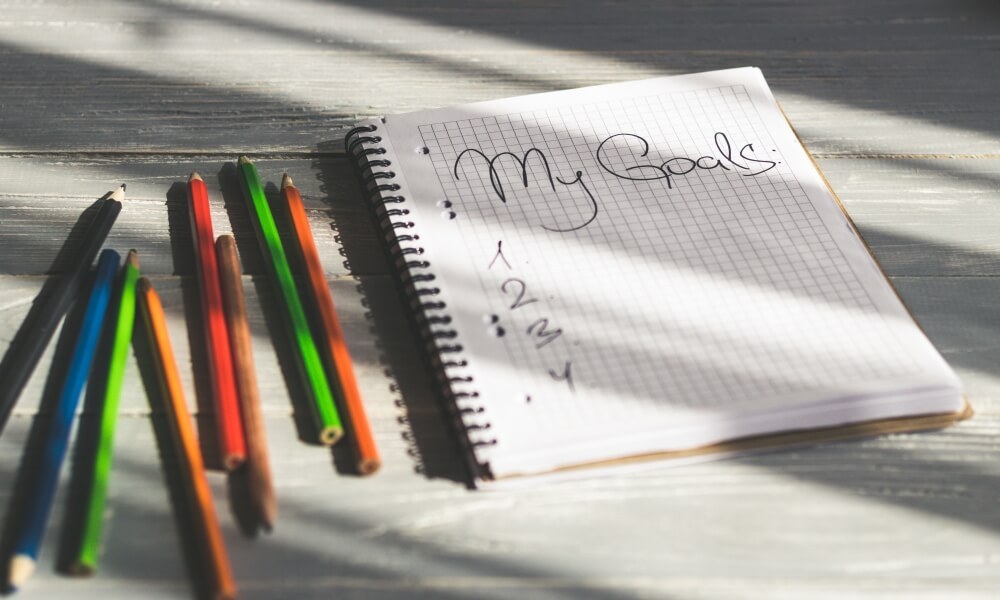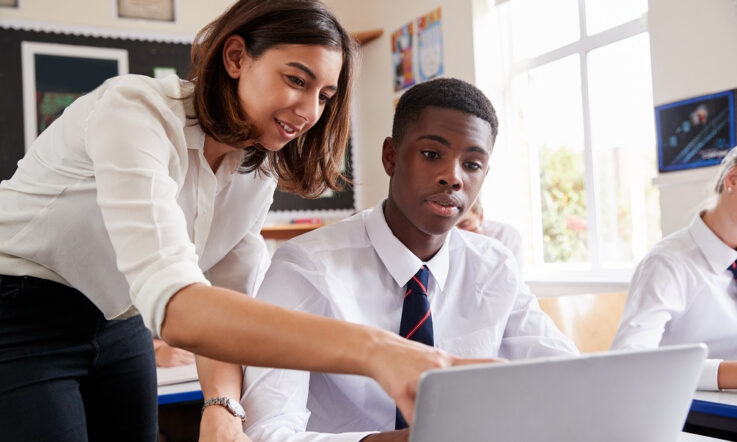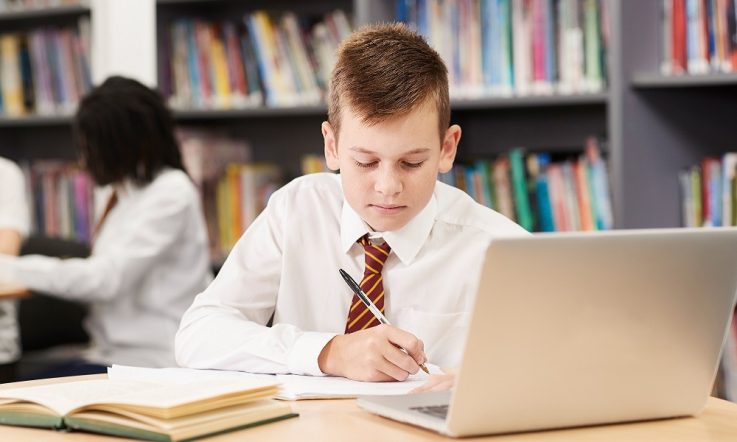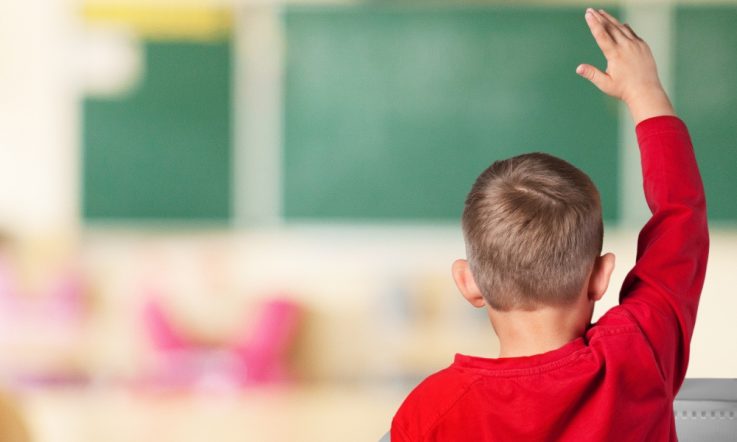Self-regulated learning (SRL) techniques can equip students with the skills to manage their own learning – measuring progress, setting goals, and being adaptable to challenges and setbacks. Yet, according to the chief investigator of a new study into SRL, Professor Sally Brinkman from the University of South Australia, ‘[it] isn’t something that has traditionally been taught at school.’
‘SRL has a long history in research, but its translation to classroom practice has not eventuated ...’ she tells Teacher. ‘[This study] is the first randomised control trial in SRL that we are aware of in Australia.’
A collaboration between the University of South Australia and the South Australian Department for Education, the 5-year study involves teaching self-regulated learning techniques to primary school-aged children, providing them with specific skills to manage their own learning. 4,000 students in years 2, 4 and 6, across 57 primary schools in South Australia will engage with the study. Work is already underway – teacher participants received training in term 1, and students are receiving SRL lessons in term 2. The next step is to measure these student outcomes and compare them to that of a control group, who have not received SRL lessons.
‘We have high hopes that a self-regulated learning approach will have a positive impact for all students, supporting them in their learning journey throughout life,’ says Professor Brinkman.
What is SRL?
Self-regulated learning is how students regulate their own emotions, cognition, behaviour and aspects of the context during a learning experience. Examples of good self-regulation skills include good time management, the ability to rapidly select the most efficient problem-solving strategies and the ability to actively monitor emotional states such as frustration (Harding, et al 2016).
‘It embraces goal setting, scaffolding problems into smaller achievable tasks, and learning how to identify gaps in their knowledge or where they need more practice,’ Professor Brinkman adds. ‘It also recognises student effort, builds self-belief, and helps students learn how to manage problems and when to ask for help.’
Why is the study being conducted?
Professor Brinkman tells Teacher that one of the reasons prior research into SRL has not translated into classroom practice is because it has ‘lacked practical examples of how to explicitly teach metacognition.’
However, ‘the approach used in this trial provides both background to teachers and a practical method in which to engage young children with these concepts,’ she says.
The study builds on an initial project undertaken in Europe in which students who received instruction in SRL demonstrated significant enhancements in both their SRL skills and impulse control – and consequently their academic performance improved significantly.
Professor Brinkman hopes to see similar results.
‘[The European study] found overall positive effects on inhibition, reading achievement and academic self-concept. … Given the success … we’re keen to see how it could work in Australia,’ she tells Teacher.
When can we expect to see findings?
As part of the study, Professor Brinkman tells Teacher that student academic outcomes will be measured through NAPLAN testing.
Additionally, she shares that observational surveys from teachers as well as student reports will be used to better understand student use of SRL strategies. They also hope to understand SRL’s impact on student wellbeing through the South Australian Department of Education’s wellbeing and engagement collection survey. The study will also assess the impact of SRL on specific groups, such as Aboriginal and Torres Strait Islander students.
These outcomes will be regularly measured to see how the study is tracking.
‘We will be collecting outcome data 6 weeks post implementation, 6 months post implementation and every 12 months thereafter … We expect to be releasing results (after time to analyse the data) for each of these data collections,’ Professor Brinkman tells Teacher.
‘If the results are positive, we [aim to] embed the approach across the state.’
In the meantime, Professor Brinkman recommends teachers interested in learning more about SRL check out the resources available from the Education Endowment Fund.
References
Harding, S.M., Galvao de Barba, P. & Goh, F. (2016, October 11). Teaching self-regulated learning skills. Teacher magazine. https://www.teachermagazine.com/au_en/articles/teaching-self-regulated-learning-skills



